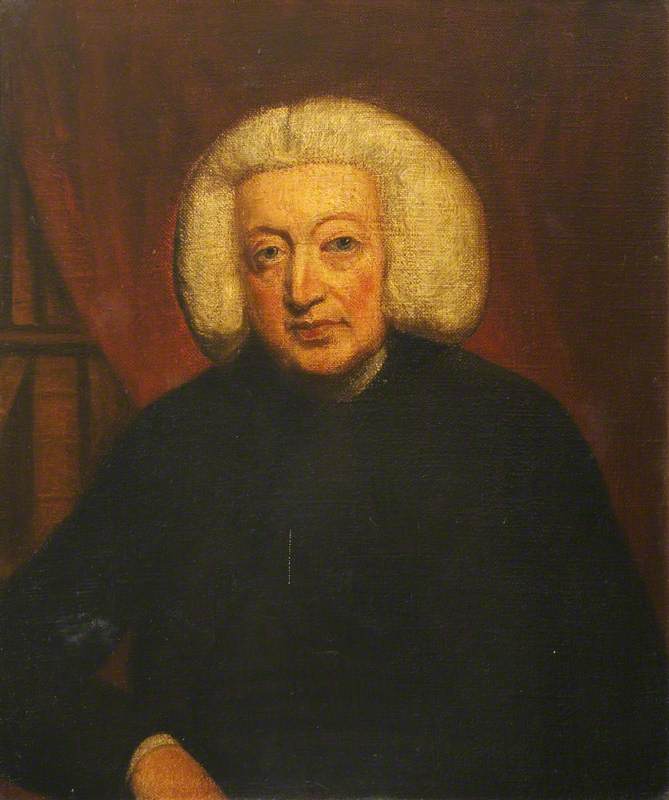It is, indeed, pitiable to see the distress of Strauss in dealing with this alarming subject. In the amazement of his perplexity he is even forced (who would suppose it?) to help out his mythic theory with that natural solution of the rationalists, which he elsewhere tramples upon with such contemptuous derision. He gropes for some natural fact, but he is in the land of shadows, the twilight of “smooth dreams.” “It is surely credible,” says he, “that in the case of individuals, and particularly women, these feelings (that Christ must have risen)” should rise to a true sight of Christ, only interior and subjective; while, in the case of others, and even entire assemblies, an external object—SOMETHING sensible to the ear or eye, sometimes, perhaps, the aspect of SOME UNKNOWN PERSON—gave them impressions of a manifestation of Jesus.” The infidel creed, it seems, has its mysteries as well as the Christian faith. This SOMETHING has done good service in its day, in behalf of orthodox absurdity; but if we were in the ranks of Dr. Strauss, we should be ashamed to march through Coventry with such a ragamuffin in our train.
But still the myth was generated first; it was, at least, in embryo, before this mysterious SOMETHING came to play the midwife at its birth. We look for its origin, and we fear the obscure parentage must be fixed on Strauss himself. What generated the myth? Strauss answers, blushingly, but boldly, the very necessity of the case. The necessity of the case, for Strauss’s theory, is obvious, but any other necessity it is not so easy to perceive.
“Strauss’ Leben Jesu,” The Dublin University Magazine 28 (Sept., 1846; Dublin: James McGlashan, 1846), p. 273.


